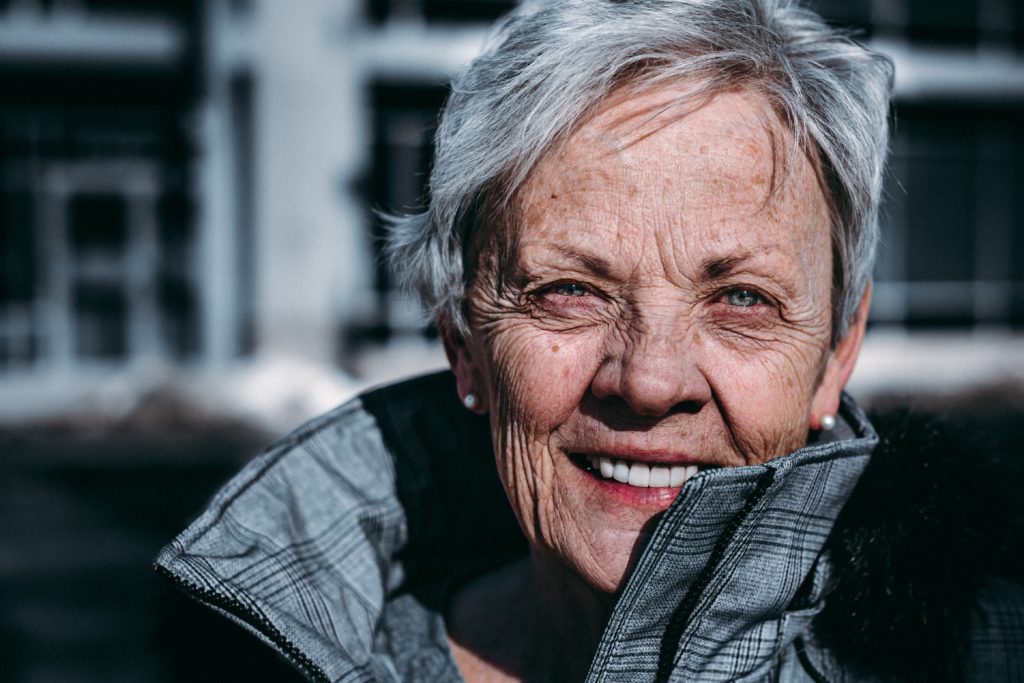
I have a vested interest in this column…I just had a big birthday! It is a BIG birthday because it is the one before I get health care insurance from Uncle Sam! Consequently, the “aging process” is very much on my mind!
In the book, “Being Mortal,” Atul Gawande discusses the role of medical care placing emphasis on “well-being” rather than survival, especially as it relates to end-of-life care. It is a “must read” for health care providers as well as the general public. The book also describes, in great detail, the process of aging; the physiology of bone and muscle mass loss, factors affecting balance and coordination, changes in mental acuity, memory, and mood. As depressing as it sounds (many of the changes begin as early as mid to late thirties), it is also a “call to arms!”
To prepare for the inevitable aging process one must be proactive, not reactive. From an early age, challenge yourself mentally by taking classes and learning things for which you may not have an interest. Try new physical activities and sports even if you feel unable to excel. Find balance in your diet by trying to eat fruits and vegetables that you don’t find appealing. Engage in daily exercise and physical activities even if you would rather be indoors playing video games. Lastly, get professional advice on matters beyond your scope. See your physician regularly for routine care and diagnostic tests, find a mental health professional if you are not at peace, consult with a physical therapist to help you design an exercise routine appropriate for your individual needs.
While it is never too late, remember, slowing down the aging process should not begin at 60, it begins at 30!
While aching joints are expected with age, inactivity is not the cure. Controlled movement, exercise and sport modification, supportive devices, and non-prescription supplements and medicines can go a long way.
Controlled movement may include lifting lighter weights or doing squats at ½ or ¾ through your available range of motion. Sport modification includes playing pickle ball instead of tennis or brisk walking or biking instead of running. Supportive devices can be wrist or knee supports or enlarging your racket or golf club grips to lessen the impact on your hands. Over-the-counter treatments include; hot and cold packs, paraffin wax, topical ointments or medications, and nonsteroidal anti-inflammatory drugs (NSAIDs). When all else fails, see a physical therapist for professional advice and treatment and discuss other more aggressive options with your family physician.
Unfortunately, your skin also suffers from the aging process by getting thinner, drier, and less elastic. Avoid the things that can make them worse such as; smoking and ultraviolet rays from the sun or a tanning bed. Protect your skin from the sun, and if you smoke, quit. Consider skin products like moisturizers or prescription retinoids that might make wrinkles less noticeable over time. However, if it is really an issue for you, see a dermatologist.
Aging also makes your skin more vulnerable to drying but there are some things you can do. Use sun screen and wear sun resistant clothing and quitting smoking will go a long way. Drink alcohol in moderation because it can dehydrate you. Also, keep showers or baths to less than 10 minutes and use warm water instead of hot followed by applying oil-based moisturizer.
Loss of strength and endurance is common in seniors. The loss of bone density in women (and men) is also expected. The aging process is only partially responsible. Lack of exercise and activity can also contribute to the problem. Make time to exercise daily (or every other day). Weight training for your arms and legs can be easily performed using light to medium dumbbells or resistance bands. Aerobic exercise can include biking, walking, or swimming, gardening, or swimming for at least 30 minutes a day (or 15-minutes twice a day).
The loss of balance and coordination with age is a serious matter because it can lead to falls that impact long term health and independence. Studies show that those who continue to challenge themselves by riding a bike, dancing, or engage in traditional exercise are much less likely to suffer from early balance problems and are less likely to fall…so get to it! If you can’t do these activities safely, try holding onto your countertop and walk forwards, backwards and sideways, preferably when someone is home with you. See your doctor to be sure that you don’t have a medical condition or taking a medication that contributes to this problem.
Sleep problems are part of aging in many ways; difficulty falling asleep, staying asleep, lack of deep sleep, waking up and not being able to return to sleep, etc. Sleep deprivation can have a negative impact on physical and mental performance. There are some things you can do to improve your sleep such as avoiding coffee and alcohol. Also, try to avoid napping during the day. Talk to your doctor to keep problems that can impact sleeping like high blood pressure or GERD, under control and ask about melatonin supplements.
SOURCES: National Institutes of Health; Mayo Clinic, WebMD

NEXT MONDAY – Read Dr. Paul J. Mackarey “Health & Exercise Forum!” Next Week: Part 2 of 2 on Slowing the Aging Process. This article is not intended as a substitute for medical treatment. If you have questions related to your medical condition, please contact your family physician.
For further inquires related to this topic email: drpmackarey@msn.com
For all of Dr. Mackarey's articles visit: http://www.mackareyphysicaltherapy.com/forum
Paul J. Mackarey PT, DHSc, OCS is a Doctor in Health Sciences specializing in orthopaedic and sports physical therapy. Dr. Mackarey is in private practice and is an associate professor of clinical medicine at GCSOM.